Sound Proofing: All You Need to Know About Acoustic Panels
A music-to-your-ears guide to sound-absorbing panels at home
Rebecca Gross
25 May 2017
Design writer and historian. I write about contemporary architecture and design, and I study cultural history through the lens of architecture, design and visual culture. I have a Masters in the History of Decorative Arts and Design from Parsons The New School for Design, New York. My latest book is called "Ornament is not a crime: Contemporary Interiors with a postmodern twist."
Design writer and historian. I write about contemporary architecture and design,... More
A noisy home is generally not conducive to a relaxing atmosphere. Fortunately, it can be easy to reduce noise levels or improve the acoustics in a home with innovative wall or ceiling panels. Acoustic panels work by absorbing rather than reflecting the energy waves of sound and, as these homes demonstrate, they can look as good as they sound. Here’s what you need to know about acoustic panels to make a sound decision.
Understanding room acoustics
Room acoustics are how sounds create noise in an enclosed space. Noise is caused by the reverberation of sound (sound waves bouncing from one surface to another), which can be manipulated through materials and design. In general, the more flat, continuous and unperforated surfaces in a space, the more sound will reverberate and create noise.
Room acoustics are how sounds create noise in an enclosed space. Noise is caused by the reverberation of sound (sound waves bouncing from one surface to another), which can be manipulated through materials and design. In general, the more flat, continuous and unperforated surfaces in a space, the more sound will reverberate and create noise.
There are three key factors to reducing reverberation in a room:
- Minimise opportunities for reverberation (such as lower ceilings and smaller rooms)
- Introduce sound soakers (for example soft furnishings, carpet and acoustic panels)
- Incorporate noise distractors, (like playing background music)
What are acoustic panels?
An acoustic panel is a board composed of sound-absorbing materials. Thus, when sound passes through an acoustic board, the intensity of sound is decreased.
An acoustic panel is a board composed of sound-absorbing materials. Thus, when sound passes through an acoustic board, the intensity of sound is decreased.
How do acoustic panels work?
Sound is a kind of energy produced when things vibrate. That energy travels outward from the sound source, making objects and air vibrate until what’s left of the energy enters our ears and registers as noise in our brains. To reduce that noise, the waves of energy need to be interrupted or stopped before they reach our ears.
Sound is a kind of energy produced when things vibrate. That energy travels outward from the sound source, making objects and air vibrate until what’s left of the energy enters our ears and registers as noise in our brains. To reduce that noise, the waves of energy need to be interrupted or stopped before they reach our ears.
Acoustic panels aim to absorb as much sound energy as possible. In general, soft, pliable or porous materials such as fabrics serve as good sound absorbers, whereas dense, hard, impenetrable materials, such as metals and concrete, reflect sound energy.
Bring a bit of hush to an open-plan space
Bring a bit of hush to an open-plan space
What are some types of acoustic panels?
Acoustic panels can be made of different materials and take different forms, which means there are a variety of ways to reduce the noise in your home no matter your style or taste.
Soft panels
Soft panels, such as fabric-covered boards, reduce the amount of hard surfaces that reflect sound energy. In doing so, they also increase the amount of soft surfaces that can absorb sound energy.
Acoustic panels can be made of different materials and take different forms, which means there are a variety of ways to reduce the noise in your home no matter your style or taste.
Soft panels
Soft panels, such as fabric-covered boards, reduce the amount of hard surfaces that reflect sound energy. In doing so, they also increase the amount of soft surfaces that can absorb sound energy.
Perforated panels
Look closely at the ceiling of this kitchen and you’ll see tiny perforations. Perforated panels have porous and irregular surfaces that essentially break up the energy of the sound waves, absorbing noise better than flat, continuous surfaces.
Some perforated panels also may have a softer insulating material behind them, such as scrim or gauze, a light cotton textile. This backing material captures even more sound energy to modulate the noise in a room.
Look closely at the ceiling of this kitchen and you’ll see tiny perforations. Perforated panels have porous and irregular surfaces that essentially break up the energy of the sound waves, absorbing noise better than flat, continuous surfaces.
Some perforated panels also may have a softer insulating material behind them, such as scrim or gauze, a light cotton textile. This backing material captures even more sound energy to modulate the noise in a room.
Timber battens
Wood has a stronger sound absorbing capacity than most structural materials, due to its natural composition. Timber acoustic panelling will use holes or slots (see perforated panels) to increase the amount of sound absorption. Alternatively, timber battens – panels of linear slats – are a lightweight beam option that naturally absorb sound. A scrim backing can enhance that absorption even further.
Browse more living room photos
Wood has a stronger sound absorbing capacity than most structural materials, due to its natural composition. Timber acoustic panelling will use holes or slots (see perforated panels) to increase the amount of sound absorption. Alternatively, timber battens – panels of linear slats – are a lightweight beam option that naturally absorb sound. A scrim backing can enhance that absorption even further.
Browse more living room photos
How are acoustic panels used?
On the walls
Perforated or textile-covered acoustic panels on walls will reduce the noise in a room. Perforated wall panels in conjunction with the timber ply ceiling absorb sound in this music studio.
On the walls
Perforated or textile-covered acoustic panels on walls will reduce the noise in a room. Perforated wall panels in conjunction with the timber ply ceiling absorb sound in this music studio.
On the stairs
Staircases and hallways can act as noise conductors or even speakers, serving to amplify sound. This wall of perforated panels help reduce the noise in the stairway and kitchen with irregular surfaces that dissipate sound. It is particularly useful in a living space that has a high ceiling.
How to create serenity in the city
Staircases and hallways can act as noise conductors or even speakers, serving to amplify sound. This wall of perforated panels help reduce the noise in the stairway and kitchen with irregular surfaces that dissipate sound. It is particularly useful in a living space that has a high ceiling.
How to create serenity in the city
On the ceiling
Timber battens or perforated panels can be used on the ceiling to improve acoustics in a room. This open kitchen, living and dining space has timber battens with acoustic scrim behind. The panels not only reduce the level of noise in the room, but add rhythm and another visual dimension to the space.
Down lights have been recessed into the battens, but pendant lights and strip lighting can also be incorporated.
Timber battens or perforated panels can be used on the ceiling to improve acoustics in a room. This open kitchen, living and dining space has timber battens with acoustic scrim behind. The panels not only reduce the level of noise in the room, but add rhythm and another visual dimension to the space.
Down lights have been recessed into the battens, but pendant lights and strip lighting can also be incorporated.
Other uses for acoustic panels
Above, the vertical blue strip on the children’s wardrobe is an acoustic panel that doubles up as a pin board.
Above, the vertical blue strip on the children’s wardrobe is an acoustic panel that doubles up as a pin board.
This second home office has two grey acoustic panels between each desk and bookshelf. Made from 100 percent polyester, the panels help control reverberated noise as well as add colour and softness to the room.
Exterior acoustic absorber panels come in a variety of materials that reduce noise levels and excessive reverberation. This includes coarse wood-fibre grains, polymers and thermal moulded products with irregular surfaces.
Other tips for reducing noise
The more soft and porous surfaces in a space, the more they will absorb sound. This includes carpets and rugs, wall hangings, upholstered seating and curtains.
Read more:
The Journey of Materials in Modern Architecture
Why Restored Wood Is the New ‘It’ Material for Homes
Tell us:
Would you consider acoustic panels in your home or for your next project? Share your thoughts in the Comments below.
The more soft and porous surfaces in a space, the more they will absorb sound. This includes carpets and rugs, wall hangings, upholstered seating and curtains.
Read more:
The Journey of Materials in Modern Architecture
Why Restored Wood Is the New ‘It’ Material for Homes
Tell us:
Would you consider acoustic panels in your home or for your next project? Share your thoughts in the Comments below.
Related Stories
Working with professionals
Busted! 5 Myths About Working With an Interior Designer
By Tanya Khanna
We put to bed the biggest misconceptions about working with design professionals
Full Story
Working with professionals
Can Hiring an Interior Designer Save You Money?
We dispel the biggest misconception that working with an interior designer will drive up the cost of the project
Full Story
Working with professionals
What Are the Benefits of Hiring an Interior Designer?
From furnishing working drawings to beautifying the home, find out how an interior designer plays multifunctional roles
Full Story
More Room Guides
Turn One Room Into Two With These Genius Ideas
Carve out an extra room within your home with these fab room-splitting tips and tricks
Full Story
Bedroom Guides
What Are the Ideal Wardrobe Measurements?
Here are dimensions for different types of wardrobe designs that ensure maximum functionality and storage
Full Story
More Room Guides
7 Types of Glass That Allow in Light & Privacy
These glass products and treatments will increase privacy without losing natural light
Full Story
Decorating Ideas
9 Ways to Make Minimalism Work in Indian Homes
Here are smart ways to harmoniously combine the minimalist ethos with Indian aesthetics and lifestyles
Full Story
Most Popular
Which False Ceiling Material is Better: Gypsum or POP?
Here is all you need to know about the difference between gypsum and POP before you commit to a ceiling
Full Story
Most Popular
Where to Use Which Paint?
Know your emulsions from your acrylics, and the right types for painting the home's interior & exterior
Full Story
Life
10 Bad Habits That Are Making Your Home Messier...
By Jo Simmons
...and how to break them! Tweak your mess-forming behaviours and help tidy up your interior
Full Story

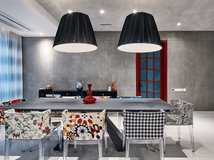

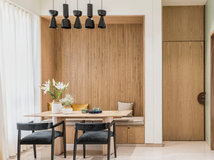
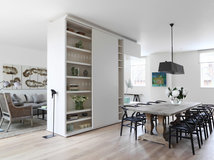
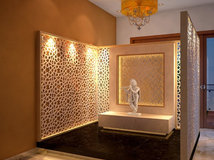
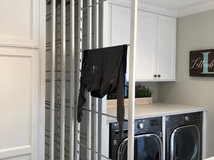
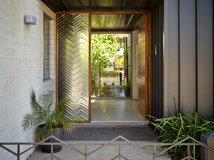
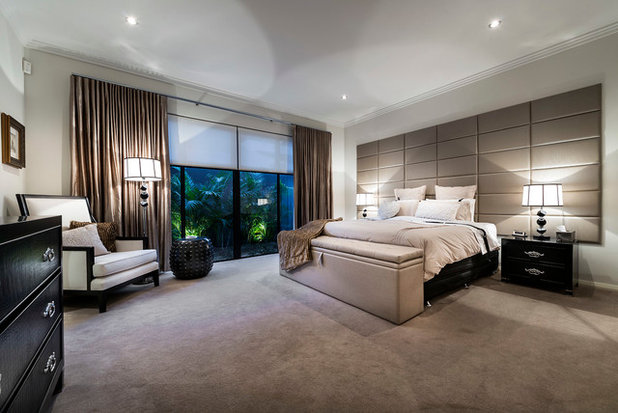
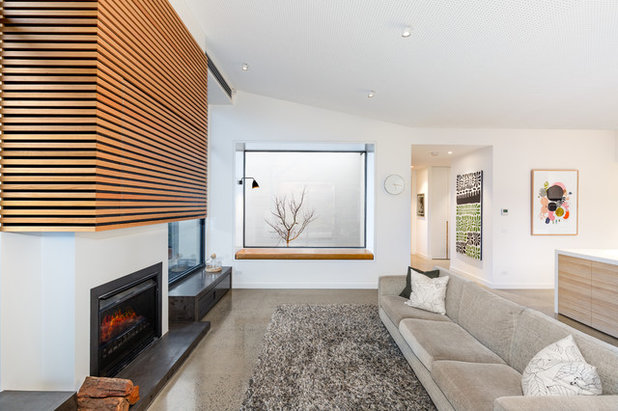
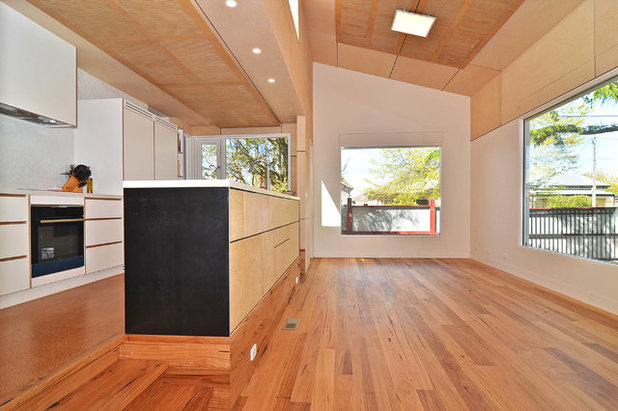
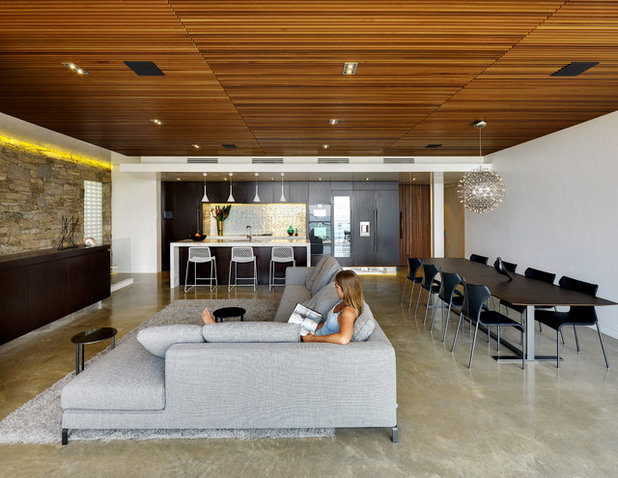
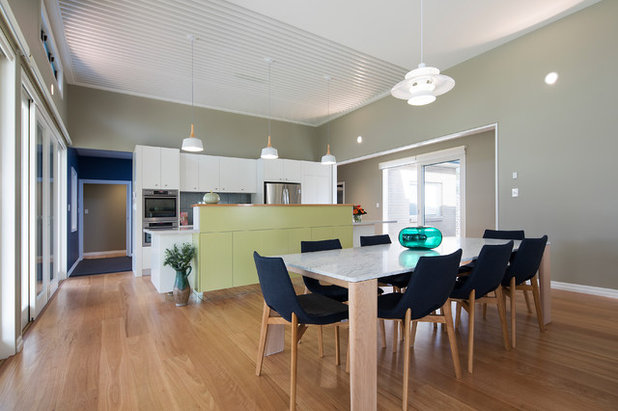
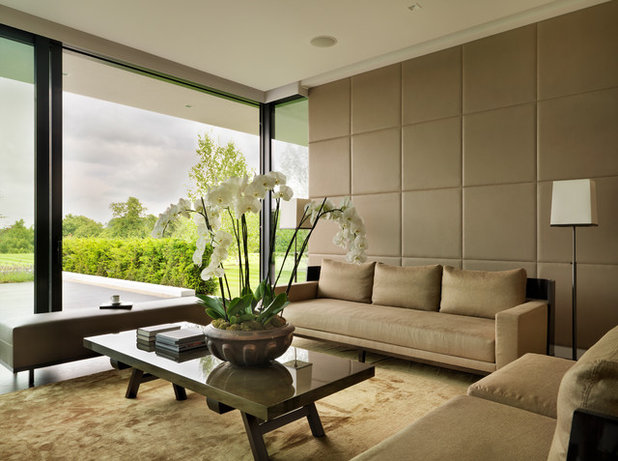
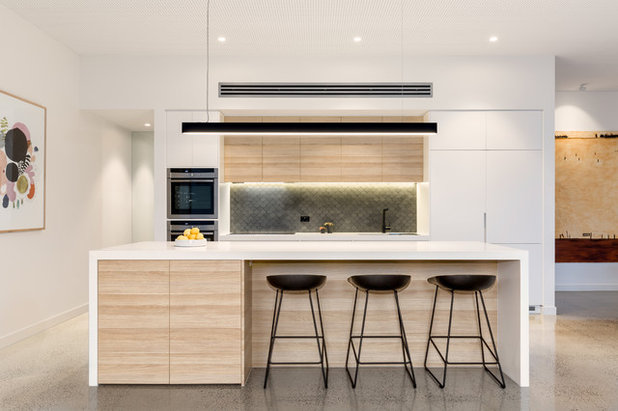
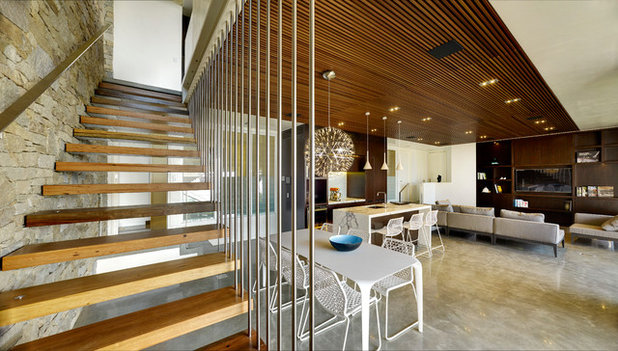
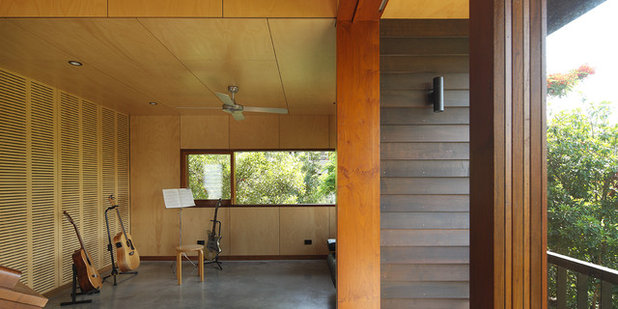
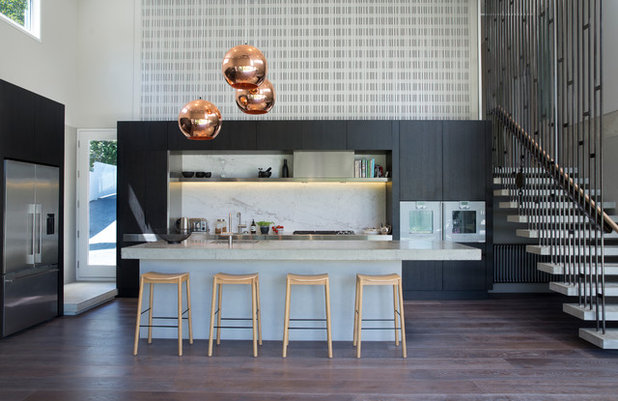
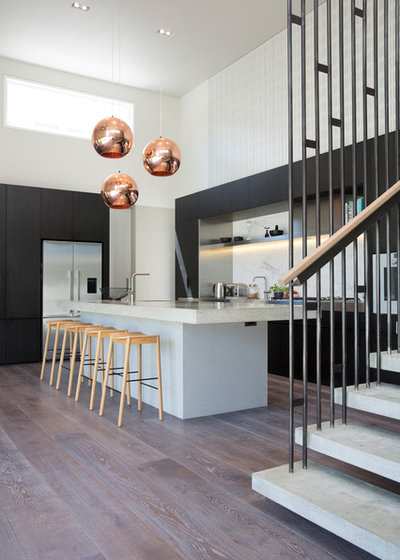
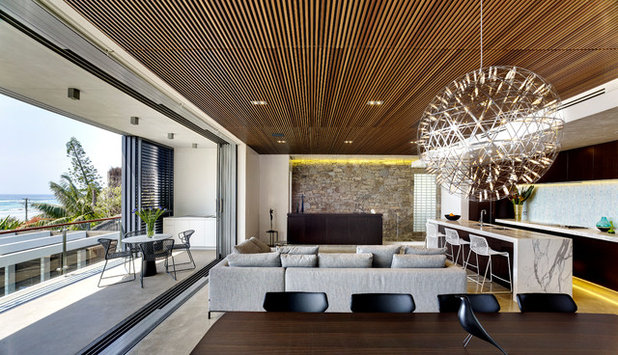
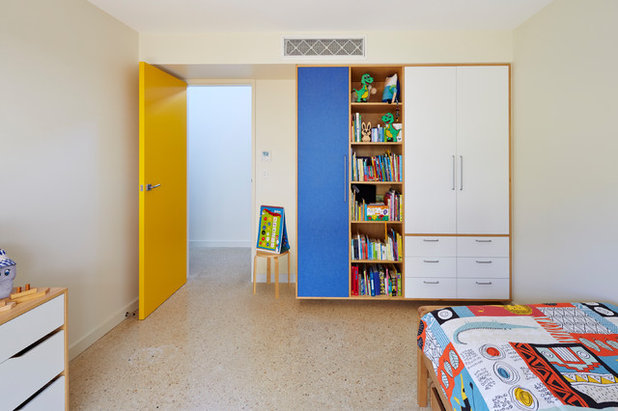
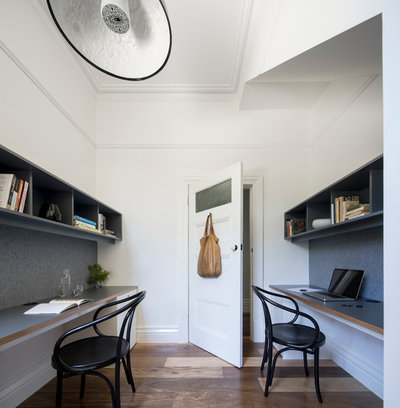
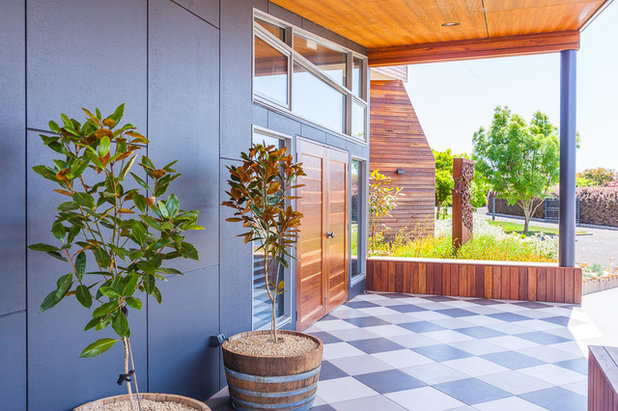
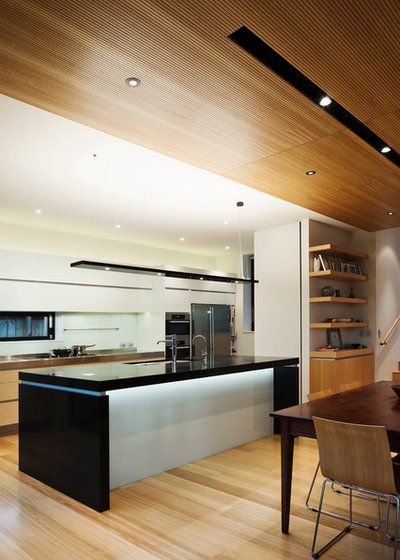

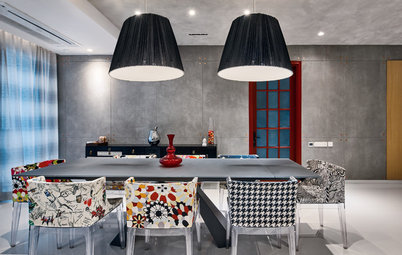
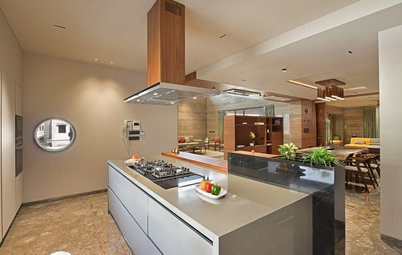
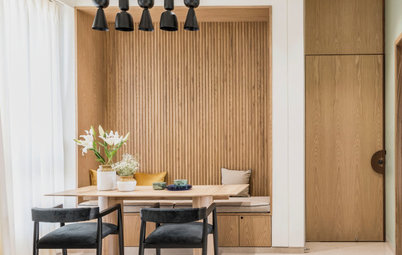
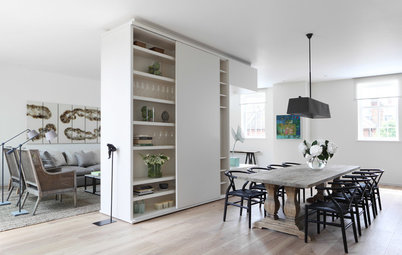
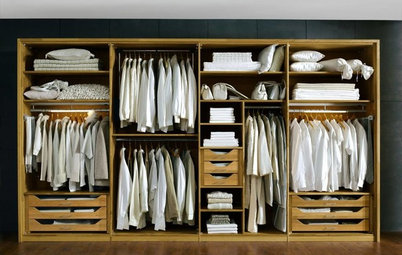
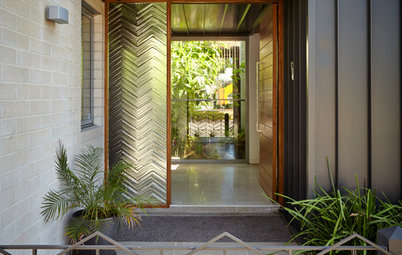
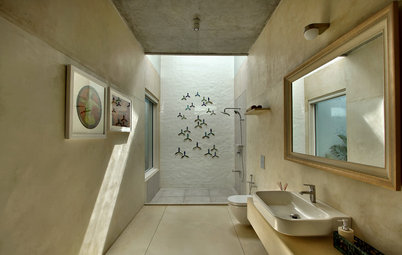
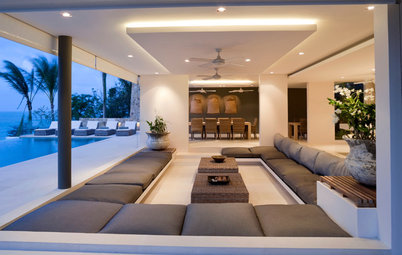
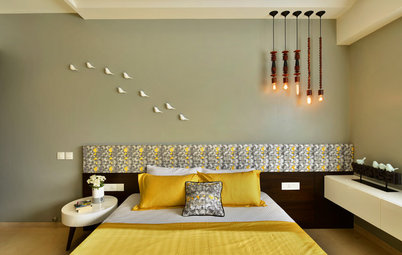
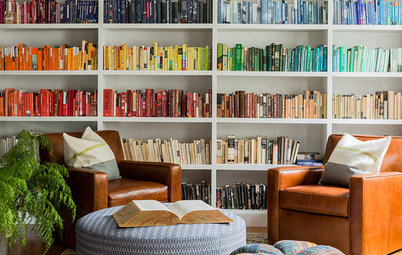
For musicians, proper decay time and frequency balance, use diffusion AND absorption panels. OR absorption+diffusion in one panel. This will give the right balance between ‘alive’ sounding and more ‘dead’ sounding. Most importantly, fix echo, which will in turn fix decay time, as well as cancelations.
Thank you for your great advice Jason.
We have high ceilings and SO MUCH noise that bounces around our house. I'd like to incorporate acoustic panels but have no idea on how to start. I'd like the panels to enhance the space and not make it look like I'm trying to create a sound studio. Any suggestions about types and placement in spaces like this? Thank you!
@ Rebecca Gross any help would be much appreciated.